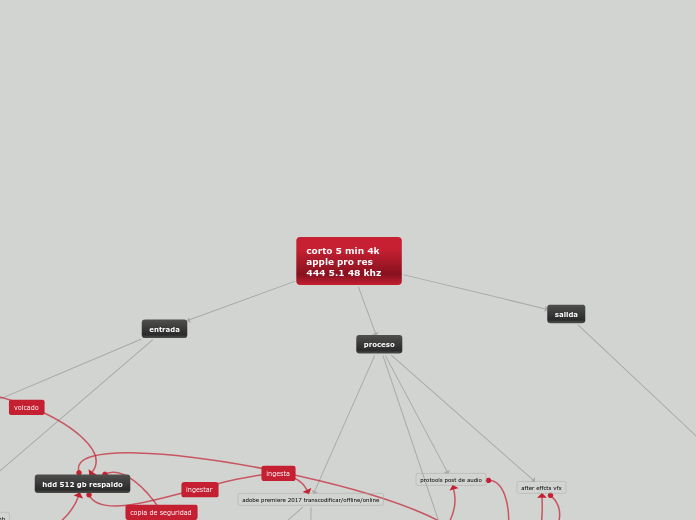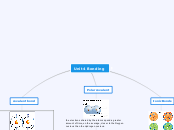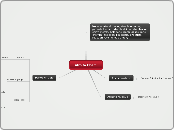realizată de Bianca Sanchez 6 ani în urmă
329
Types of Microscopes
Various types of microscopes serve distinct purposes based on their methods of illumination and magnification capabilities. Light bright field microscopes use visible light to observe stained specimens but cannot resolve extremely small structures like viruses.









